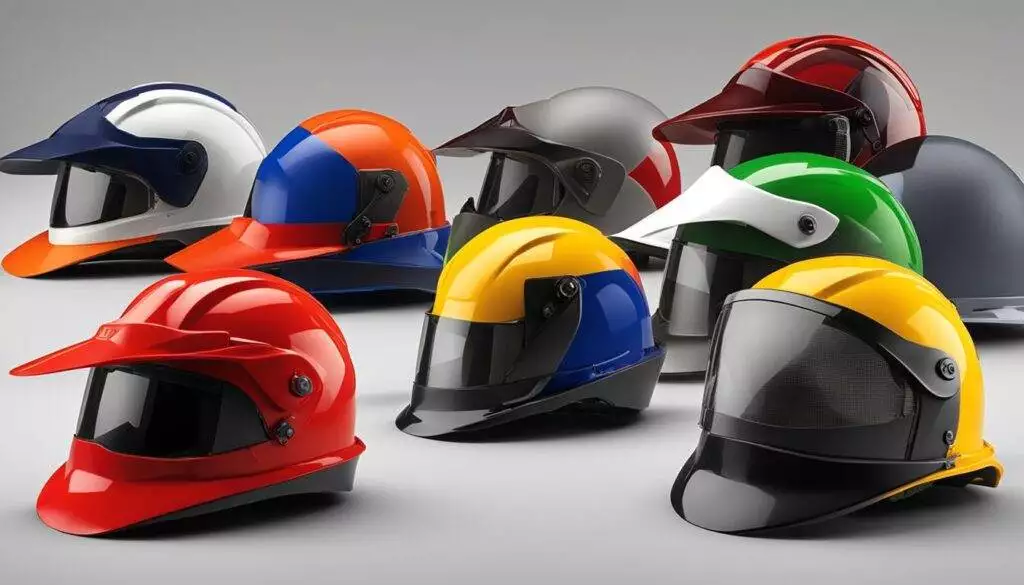kevlar safety helmet factories
The Role of Kevlar in Safety Helmet Manufacturing
In today's fast-paced environment, safety is of utmost importance across various industries, particularly in construction, manufacturing, and other hazardous workplaces. One of the critical components that contribute to enhancing personal safety in these settings is the safety helmet. Among the materials used for helmet production, Kevlar has taken center stage due to its exceptional properties. This article delves into the significance of Kevlar in safety helmet factories, exploring its benefits, manufacturing processes, and the impact it has on industrial safety.
Understanding Kevlar
Kevlar was first developed in the 1960s by Stephanie Kwolek at DuPont. It is an aramid fiber known for its high tensile strength-to-weight ratio, making it five times stronger than steel. Kevlar's unique molecular structure contributes to its resistance to heat and other environmental factors, making it an ideal material for safety applications. Today, Kevlar is widely used in various industries, including automotive, aerospace, and, most notably, protective gear manufacturing.
Advantages of Kevlar in Safety Helmets
1. High Impact Resistance One of the primary functions of a safety helmet is to protect the wearer from falling objects and impacts. Kevlar's strength and durability allow for helmets to withstand severe impacts without cracking or breaking, significantly reducing the risk of head injuries.
2. Lightweight Design Unlike traditional materials like metal or heavier plastics, Kevlar helmets are lightweight, which enhances comfort for users. A lightweight helmet can be worn for extended periods without causing fatigue, thereby promoting compliance among workers.
3. Enhanced Insulation Kevlar provides excellent thermal insulation, protecting users in high-temperature environments. This feature is particularly essential in industries such as firefighting and metalworking, where exposure to extreme heat is prevalent.
4. Chemical Resistance Many industrial workplaces expose employees to various chemicals and substances. Kevlar is resistant to many corrosive materials, making it a suitable choice for safety helmets used in chemical plants and laboratories.
5. Durability and Longevity Kevlar helmets are designed to last. They retain their protective qualities over time, reducing the need for frequent replacements and ensuring ongoing safety for workers.
Manufacturing Process
kevlar safety helmet factories

The production of safety helmets made from Kevlar involves several critical steps
1. Material Preparation High-quality Kevlar fibers are sourced and prepared for processing. The fibers are often woven together to form a fabric that will be used for the helmet shell.
2. Molding and Shaping The Kevlar fabric is then combined with resin to create a rigid shell. This shell is molded into the shape of a helmet using specialized equipment to ensure it meets safety standards and specifications.
3. Lining Installation Inside the helmet, an impact-absorbing lining is installed to provide additional cushioning and protection to the wearer. The lining is crucial for dissipating the energy of any impact that the helmet might endure.
4. Quality Control Each helmet undergoes rigorous testing to ensure it meets established safety regulations. This includes impact testing, penetration tests, and evaluations of durability and comfort.
5. Finishing Touches Finally, the helmets are painted, branded, and packaged for distribution. Many manufacturers also offer customization options to meet the specific needs of various industries.
The Impact on Worker Safety
The introduction of Kevlar safety helmets in industrial environments marks a significant advancement in personal protective equipment (PPE). By providing superior protection against head injuries, these helmets not only enhance worker safety but also contribute to lower incident rates and reduced insurance costs for companies. Additionally, as safety becomes a more significant focus within corporate cultures, investing in high-quality PPE like Kevlar helmets reflects a commitment to employee wellbeing.
Conclusion
As industries continue to prioritize safety, the role of Kevlar safety helmets cannot be overstated. Through their advanced materials and thoughtful manufacturing processes, these helmets serve as a vital line of defense against workplace hazards. By choosing Kevlar helmets, companies not only protect their workers but also foster a culture of safety that can lead to improved morale, productivity, and overall workforce satisfaction. As we look to the future, it is clear that the ongoing innovation in materials such as Kevlar will play a crucial role in enhancing safety standards across all sectors.
-
Top HDPE Safety Helmets - Lightweight, Durable Head Protection
NewsAug.01,2025
-
Top AI Safety Clothing with GPT-4 Turbo | Smart Protection
NewsJul.31,2025
-
Face Shield Safety Helmet with GPT-4 Turbo AI Safety
NewsJul.31,2025
-
CE Working Clothing for Construction & Welding Safety
NewsJul.30,2025
-
Premium Safety Helmet with Visor for Construction & Industrial Use
NewsJul.29,2025
-
High-Quality CE Working Clothing for Safety and Construction
NewsJul.29,2025
